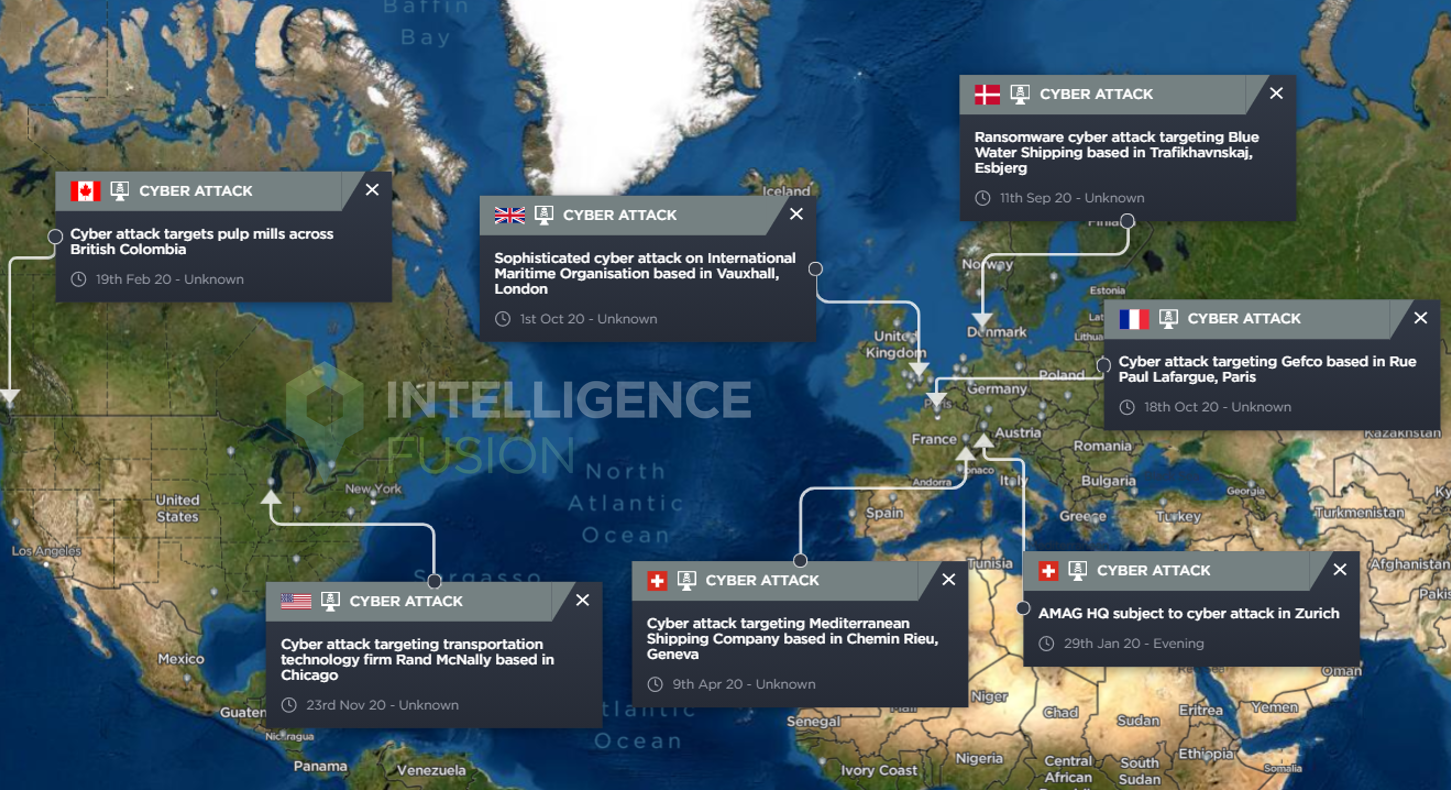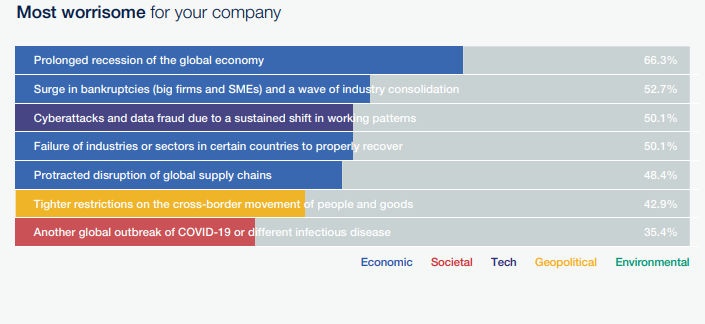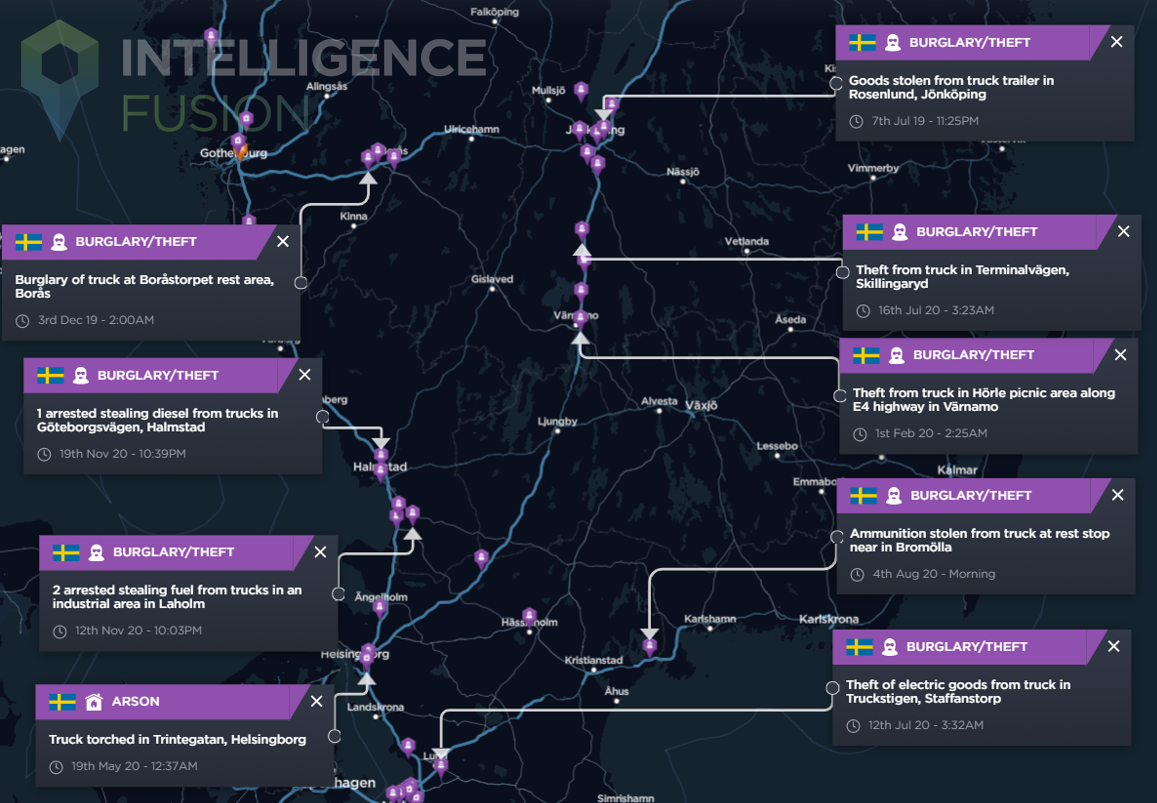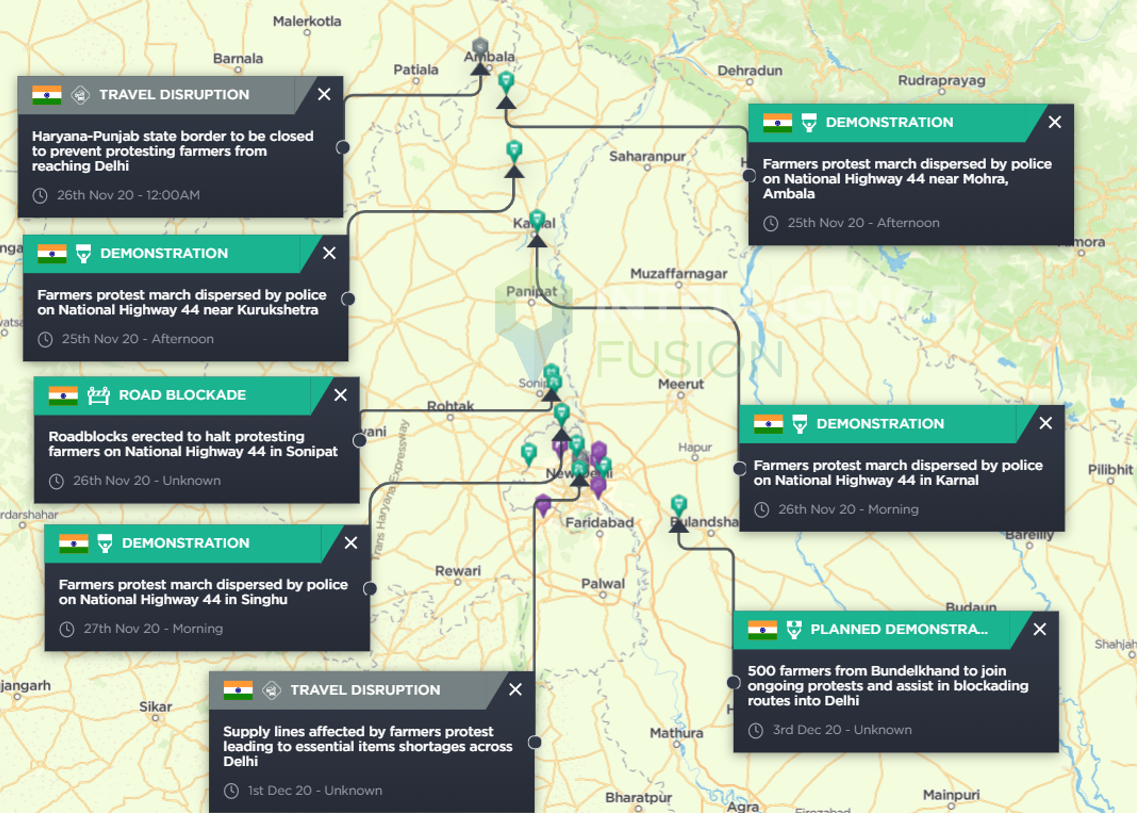The rising risk of cyber attacks on logistics and transport
The British government has approved the largest rise in its defense budget since the end of the Cold War, with £16.5billion in additional funding made available for spending, with a significant proportion to be invested in the increasing global threat of cyber security.
Cyber attacks on logistics and infrastructure will be a routine fixture in the event of any future significant conflict between nations as well as also being utilised by terrorists and criminal groups.

Cyber attacks on logistics and shipping companies have been recorded by Intelligence Fusion during 2020 with primarily criminal perpetrators attempting to extort businesses with ransomware or denial of service attacks. This has caused disruption to operations and concerns from clients over data theft.
Infrastructure vulnerability is also an increasing concern. The World Economic Forum (WEF) recently stated that building a cyber resilient electricity sector was a key priority for the post COVID-19 era and that the accelerated digitalization of the electricity sector caused by the pandemic has highlighted systemic weaknesses.

According to the WEF, Advanced Persistent Threats (APTs) are known to target ICS (Industrial Control System) networks seeking to perform pre-attack reconnaissance or cause outright damage and disruption. Employees working from home or away from cyber secure office locations has reinforced the need for a reliance on a stable internet connection and power infrastructure.
Although significant, other events or acts also threaten vulnerable logistics and supply chains. These include social unrest such as road blockades or industrial strikes, threats against staff or routine crime such as fuel theft or robbery of goods vehicles. Another specific threat to logistics and supply chains that Intelligence records is the impact of trafficking incidents affecting the sector including human and drug trafficking across borders.

Forewarned knowledge of planned protests or situation awareness of areas of crime targeting logistics companies allows our clients to plan travel routes, mitigate risk and protect their people and assets.

How can Intelligence Fusion help mitigate the rising risk of cyber attacks on logistics and transport?
We structure our data in a way that ensures it’s easily interpreted for a quick response. It also helps end users filter for relevant incidents and ensure they don’t miss anything of potential interest.
One of the key features of an incident profile is the ‘Affected Sectors’ data. In addition to the incident details, impact rating, actors and involved parties, we highlight the individual sectors that will be affected by each incident we report. This allows you to build out rules so that the system alerts you of incidents that impact your sector. For example, you could set up a notification for cyber attacks affecting logistics and transport and begin to visualise trends and patterns within the data. This provides you with additional context and helps you to better prepare for a cyber attack, mitigating threat and minimising disruption.
Beyond cyber attacks on logistics and transport, you can use our geofencing tool to plot the routes of your vehicles and assets. With timely data and a responsive platform, the threat picture becomes dynamic and much more accessible.
Find out more on how to conduct an effective route threat assessment
Our static assets functionality also allow you to map your physical locations onto the platform and set up a radius around each one so that you can be notified of emerging incidents and security situations within the area. You can customise the static asset profiles in order to ensure it includes all of the critical information for your response team such as number of personnel at that location, the key contact for emergencies and contact details too.
Given the significant deterioration of the security landscape in the last decade, and the rapid increase in cyber attacks as part of conflict, crime and terrorism, having a threat intelligence platform that you can shape to meet your business needs is important but an innovative technology partner that can provide long-term protection as your business evolves and the world continues to change, is crucial.
If you’d like to find out more about how we can support you in better protecting you people, assets and reputation through bespoke intelligence solutions, speak to a member of the team today.
